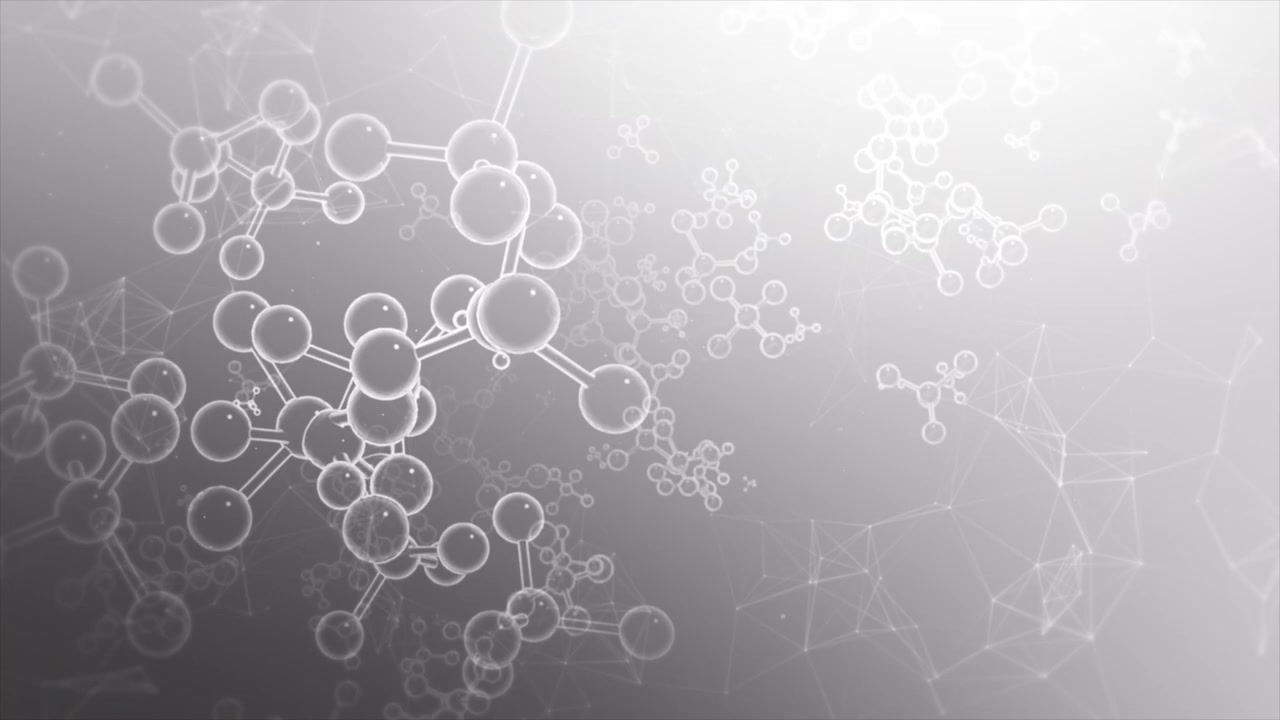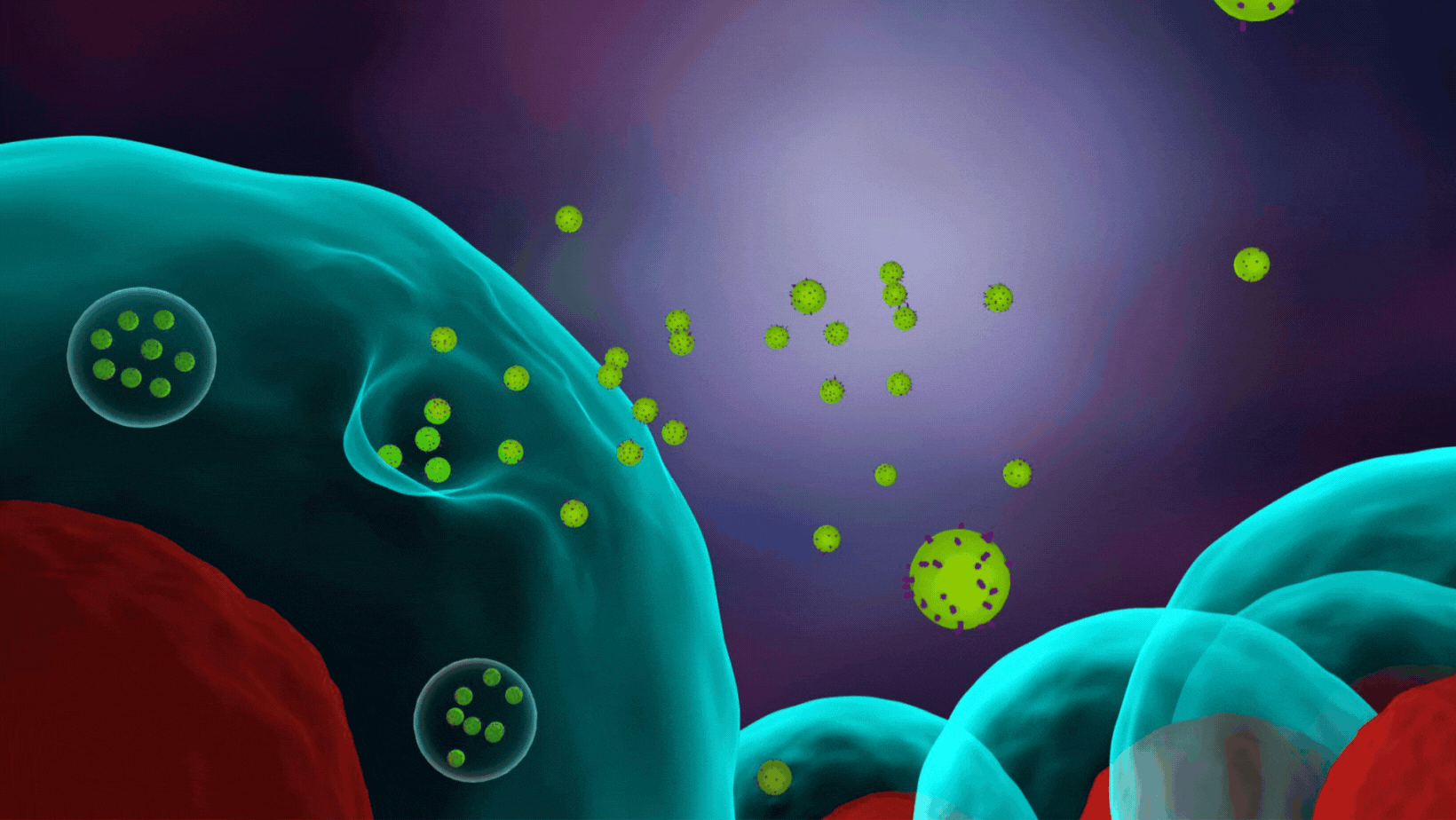

Exosomes are extracellular vesicles generated by all cells in the body and they carry nucleic acids, proteins, lipids, and metabolites. They are the work horse messenger cell of our stem cells that seek out inflammation and work to heal and regenerate damage within the body. At birth we are approximately 96% stem cells, so we heal, regenerate, and grow much more rapidly and efficiently. As we age our exosome count drops dramatically, by the age of 80 years old we are only around 7% stem cells. This contributes to our body’s inability to heal and regenerate as we get older making us age at a much more rapid pace. For example: As a child if we were to break a bone we would heal, and our bodies would regenerate that bone tissue rapidly because we have more exosomes to push out to do the work. As an elderly person if they break a bone, it could potentially put them in the hospital or even worse, it could be fatal, because their bodies are deficient in these cells needed to heal and regenerate.
How are Exosomes administered?
Depending on your need, we can administer exosomes in several diverse ways.
-
As an IV push.
This procedure allows the exosomes to travel systemically throughout the body and seek out the areas of inflammation that need attention.
-
As an Atomizer.
This procedure involves slowly pushing the exosomes through a special syringe tip that causes a mist to be created when you take in a deep breath through the nose. This is to focus more on Brain fog, TBI, Stroke, and Cognitive issues.
-
As a Nebulizer.
This procedure mixes equal parts of exosomes and sodium chloride inhalation solution into a nebulizer. The mist is inhaled through a sterile face mask to focus on the lungs and sinuses.
-
As an injection. This procedure directly injects the exosomes into joints or a particular tissue/area of focus.
